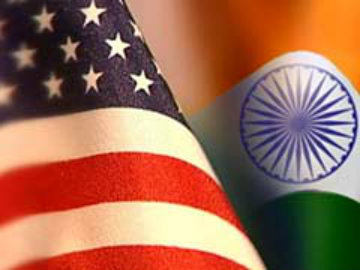India’s Strategic Alliance with U.S.: Towards an Anti-Russian Military Pivot

India’s much-touted and over-hyped policy of “multi-alignment” is seeming more and more like a cover for unconvincingly disguising the country’s strategic alliance the US, especially after its Ambassador to America strongly hinted that Modi will undertake an anti-Russian military pivot during his second term in office.
There’s little doubt that India will ditch Russia like it just recently did Iran after its Ambassador to America strongly hinted as much in an exclusive interview that he gave to CNBC. The South Asian state’s top diplomatic representative to the US told the outlet the following in an article provocatively headlined “India, facing sanctions for Russian arms deals, says it wants to pivot spending to the US“:
“There has been a tradition of dependence on defense equipment from Russia. But if you go by SIPRI figures, in the block year 2008 to 2013 we imported 76% of our defense items from Russia. In the next five-year block, from 2013 to 2018, this came down 58% and in the same period our imports from the United States increased by 569%. So that itself tells you that, when we have a choice…we are obviously diversifying our purchases.”
India’s era of “multi-alignment” appears to be over, though it’s keeping this discredited slogan alive as a cover for unconvincingly disguising its strategic alliance with the US. This game-changing development will certainly complicate the regional geopolitical situation, but it also nevertheless provides the impetus for Russia to strengthen its ties with the global pivot state of Pakistan as the main component of its “Return to South Asia“.
*
Note to readers: please click the share buttons above or below. Forward this article to your email lists. Crosspost on your blog site, internet forums. etc.
This article was originally published on Eurasia Future.
Andrew Korybko is an American Moscow-based political analyst specializing in the relationship between the US strategy in Afro-Eurasia, China’s One Belt One Road global vision of New Silk Road connectivity, and Hybrid Warfare. He is a frequent contributor to Global Research.

